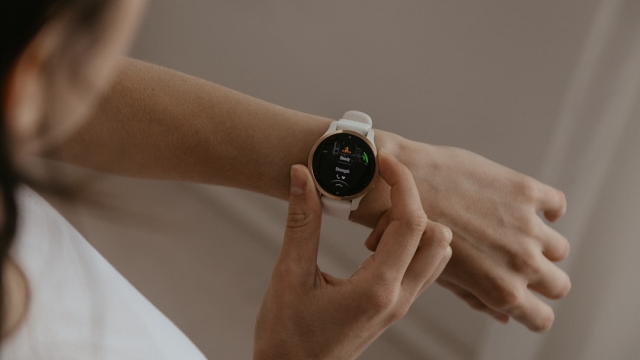In the ever-evolving world of equine care, technology plays a pivotal role in enhancing the well-being and performance of horses. As horse owners and caretakers seek to provide the best possible care, various equine care technologies have emerged to address the unique needs of these magnificent animals. This article delves into an overview of these technologies, the benefits of red light therapy, and the promising trends in equine health monitoring that are shaping the future of horse care.
Overview of Equine Care Technologies
Equine care technologies encompass a wide range of tools and systems designed to improve the health, comfort, and performance of horses. These advancements include everything from wearable devices that monitor vital signs and activity levels to therapeutic treatments that promote recovery and overall wellness. The integration of these technologies allows for more customized care, enabling horse owners and trainers to make informed decisions based on real-time data.
For instance, some equine care technologies involve the use of sensors and apps that track a horse’s movement patterns, helping to identify any irregularities that may indicate injury or discomfort. These systems can alert owners to potential issues before they escalate, ensuring a proactive approach to equine health. Additionally, advancements in nutrition and feed analysis technology provide insights into the dietary needs of horses, allowing for better management of their health and performance.
Benefits of Red Light Therapy for Horses
Among the various equine care technologies, red light therapy has gained significant attention for its therapeutic benefits. This non-invasive treatment utilizes specific wavelengths of light to penetrate the skin and promote healing at the cellular level. Red light therapy has shown promise in addressing a range of conditions, including inflammation, joint pain, and muscle soreness.
The benefits of red light therapy for horses are multi-faceted. One of the primary advantages is its ability to enhance circulation, which aids in the recovery of tissues and accelerates the healing process. This technology can be particularly beneficial for horses recovering from injuries, as it helps to reduce swelling and alleviate pain, allowing them to return to work more quickly.
Additionally, red light therapy can be used as a preventive measure, promoting overall wellness and maintaining peak performance in competitive horses. By incorporating this treatment into a regular care routine, owners can help support their horses’ health and longevity. For more information on how red light therapy can benefit your horse, you can explore this resource.
Emerging Trends in Equine Health Monitoring
As technology continues to advance, new trends in equine health monitoring are emerging, providing horse owners with more tools to ensure the well-being of their animals. Wearable technologies, such as heart rate monitors and GPS tracking devices, allow for continuous monitoring of a horse’s health and activity levels. These devices can track changes in behavior, which can be crucial for early detection of health issues.
Another promising trend is the use of artificial intelligence and data analytics in equine care. By analyzing vast amounts of data collected from wearable devices and health records, AI can help identify patterns and predict potential health problems. This proactive approach enables caretakers to implement preventive measures, ultimately leading to better health outcomes for horses.
Moreover, telemedicine is becoming increasingly popular in equine care, allowing veterinarians to provide remote consultations and follow-ups. This accessibility not only enhances the quality of care but also reduces stress for the horse and owner, as they can receive expert advice without the need for travel.
In summary, equine care technologies are revolutionizing the way horse owners manage the health and performance of their animals. From innovative therapeutic treatments like red light therapy to advanced monitoring systems, these technologies empower caretakers to provide optimal care. As the field continues to evolve, the integration of these tools will undoubtedly lead to improved outcomes for horses, ensuring their well-being for years to come.




